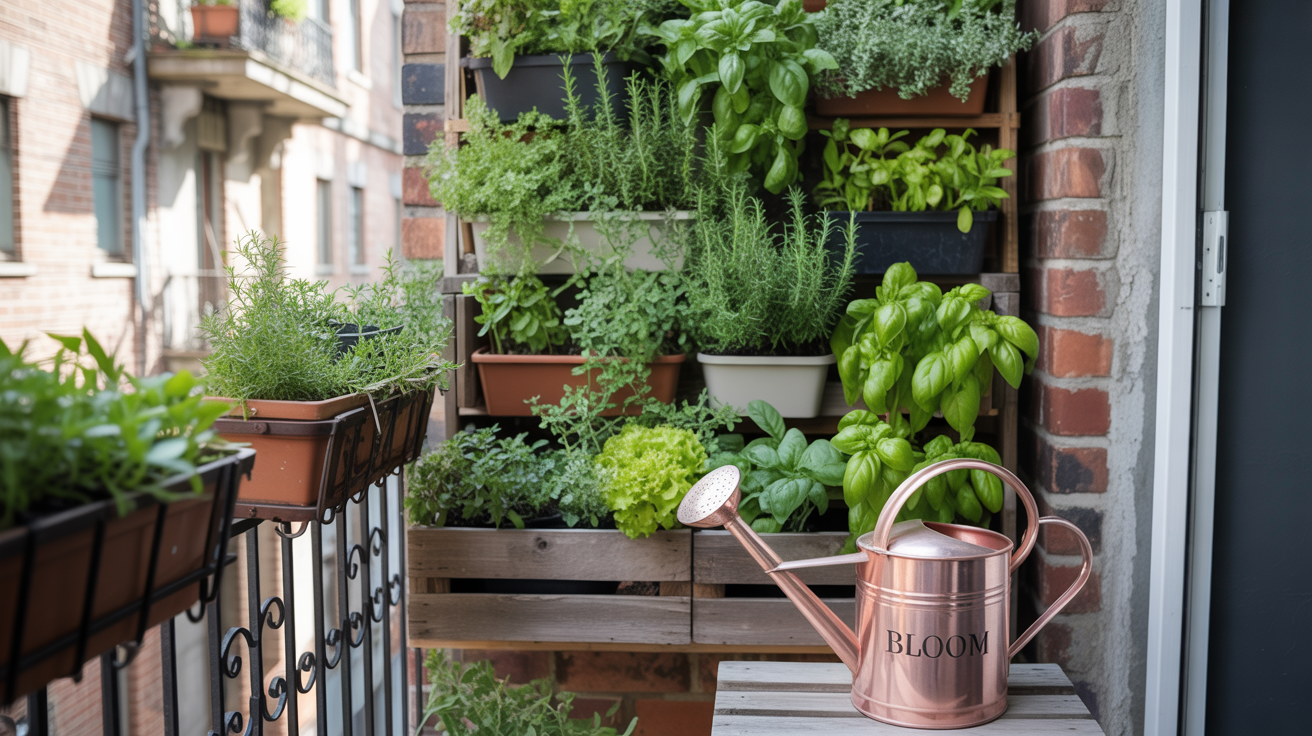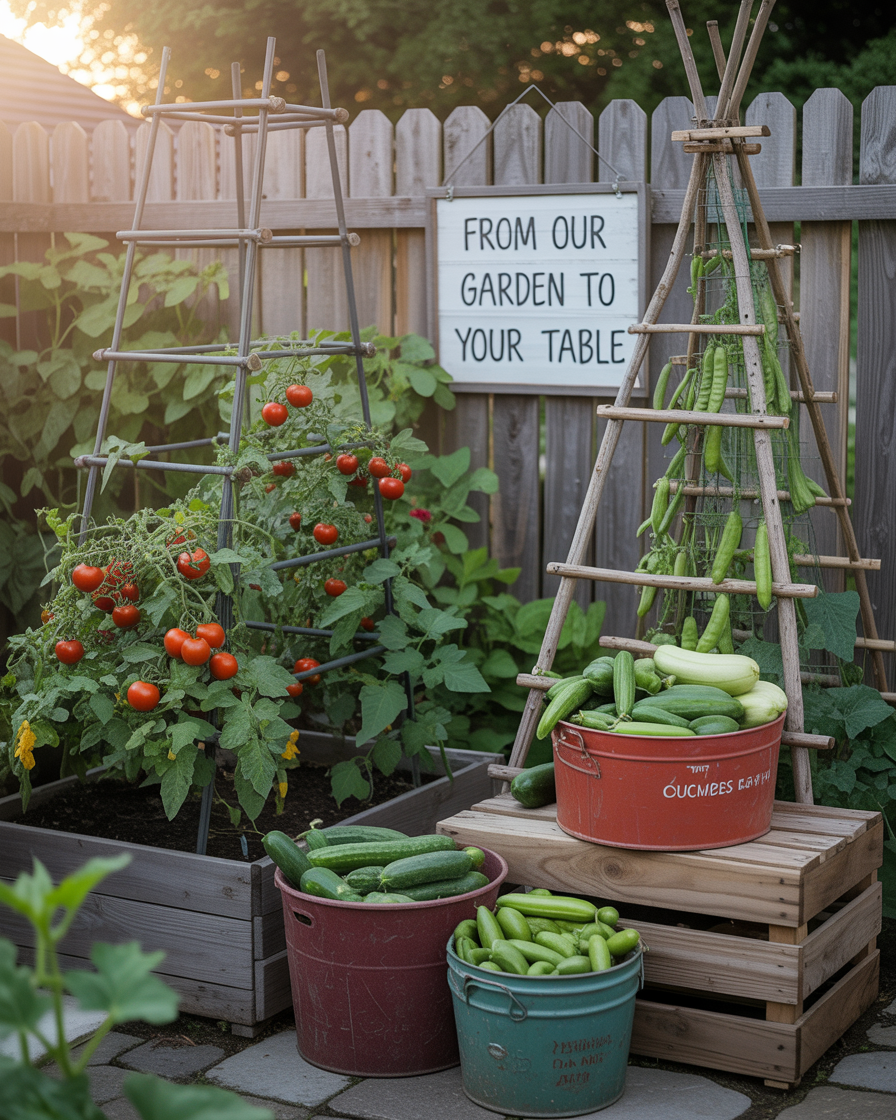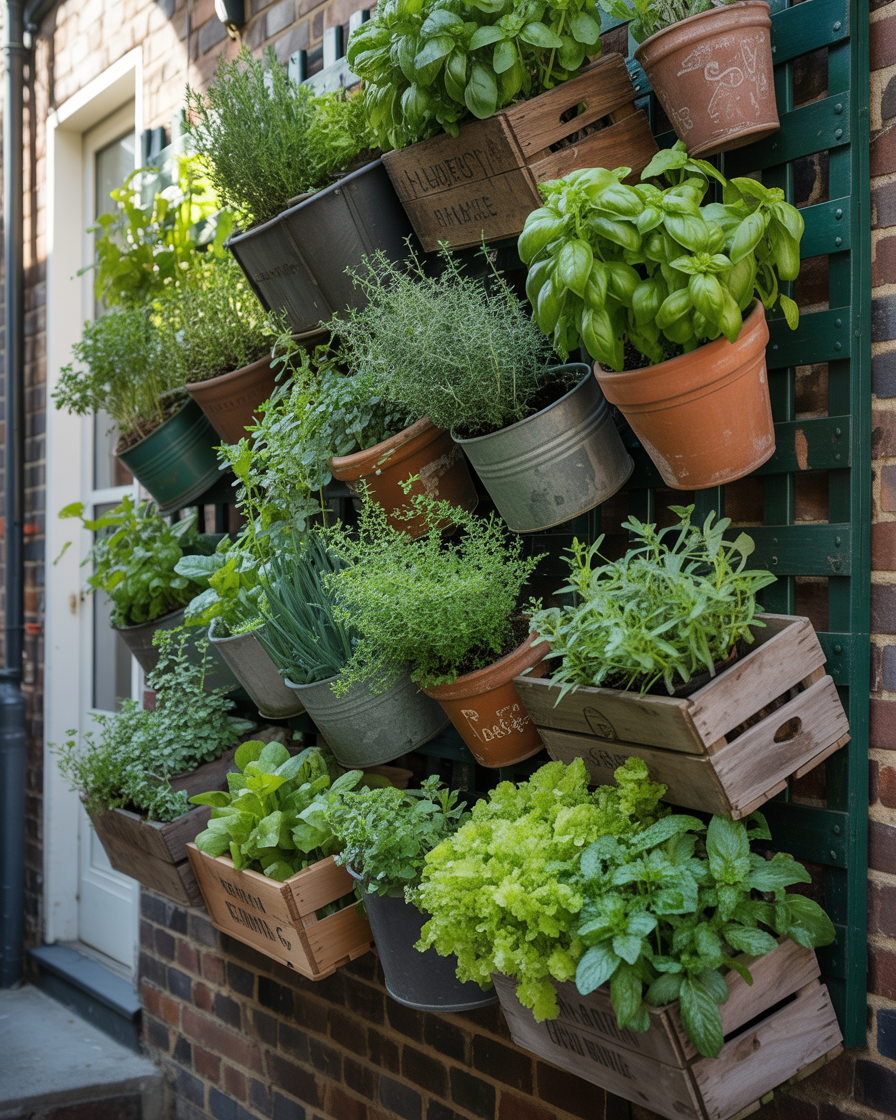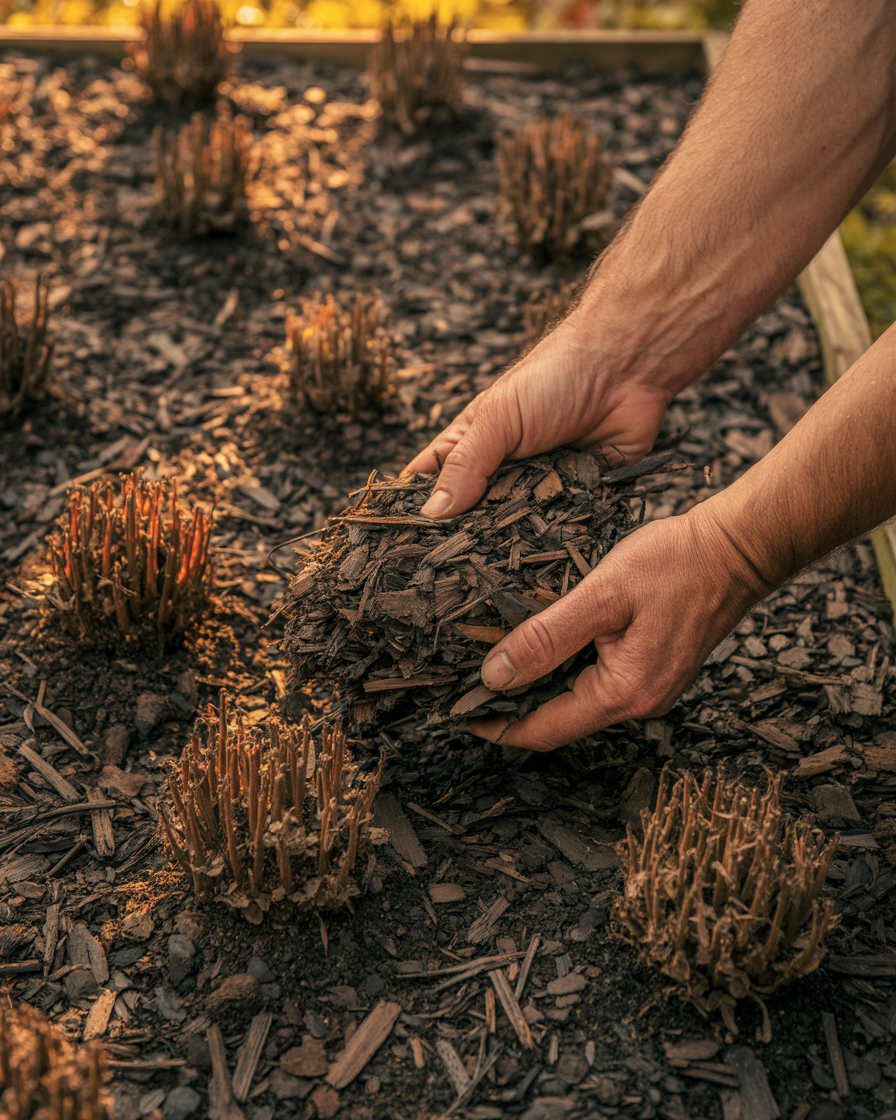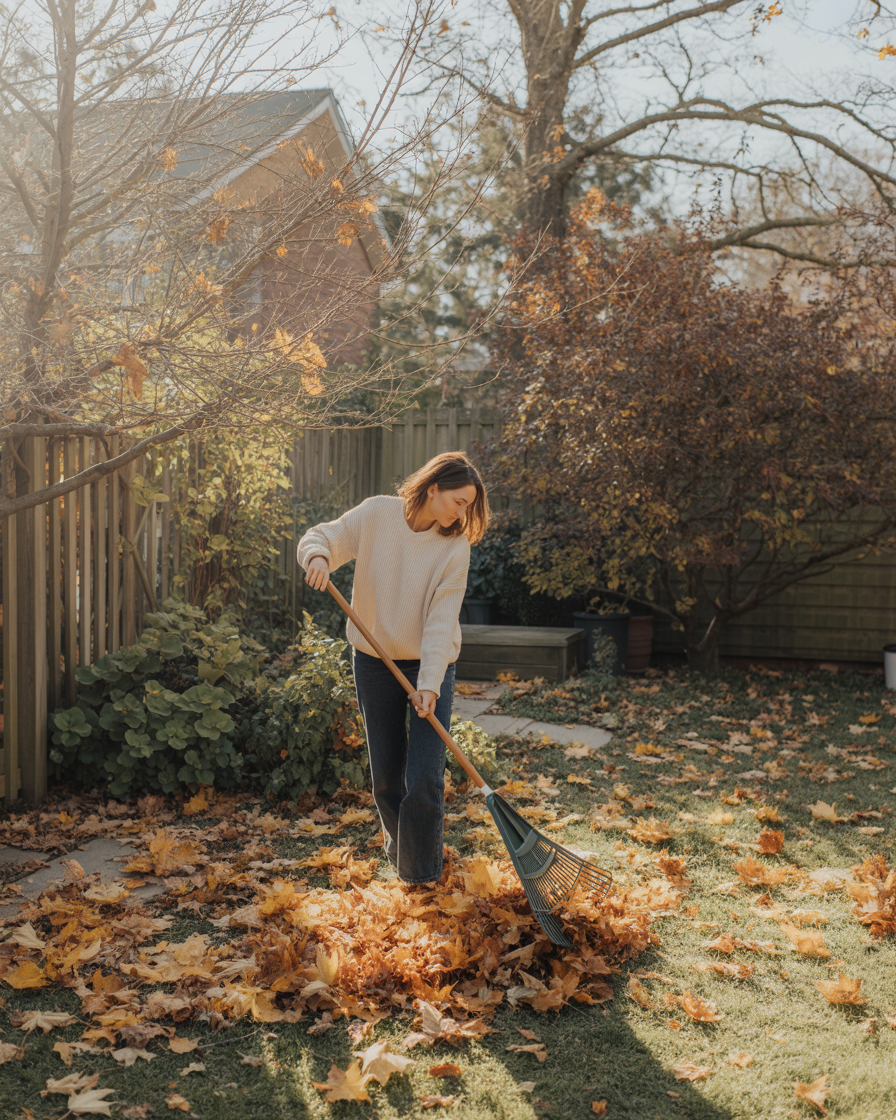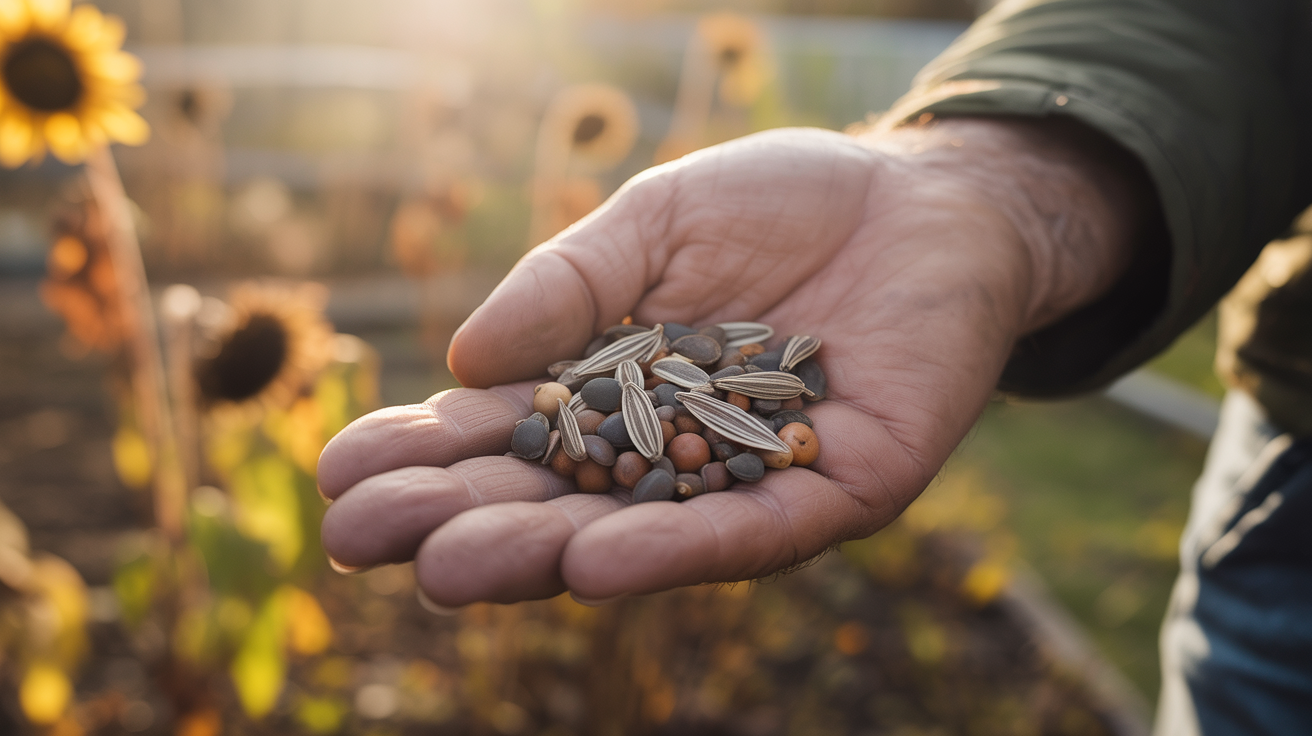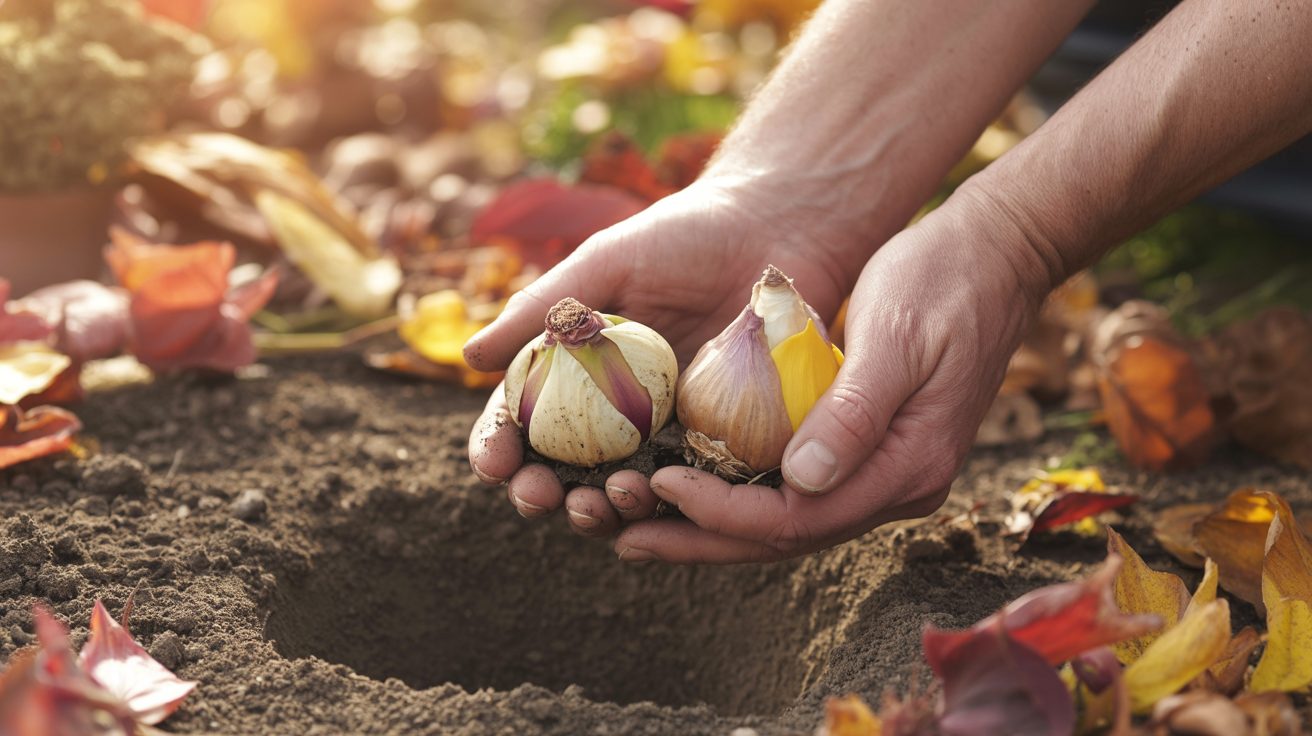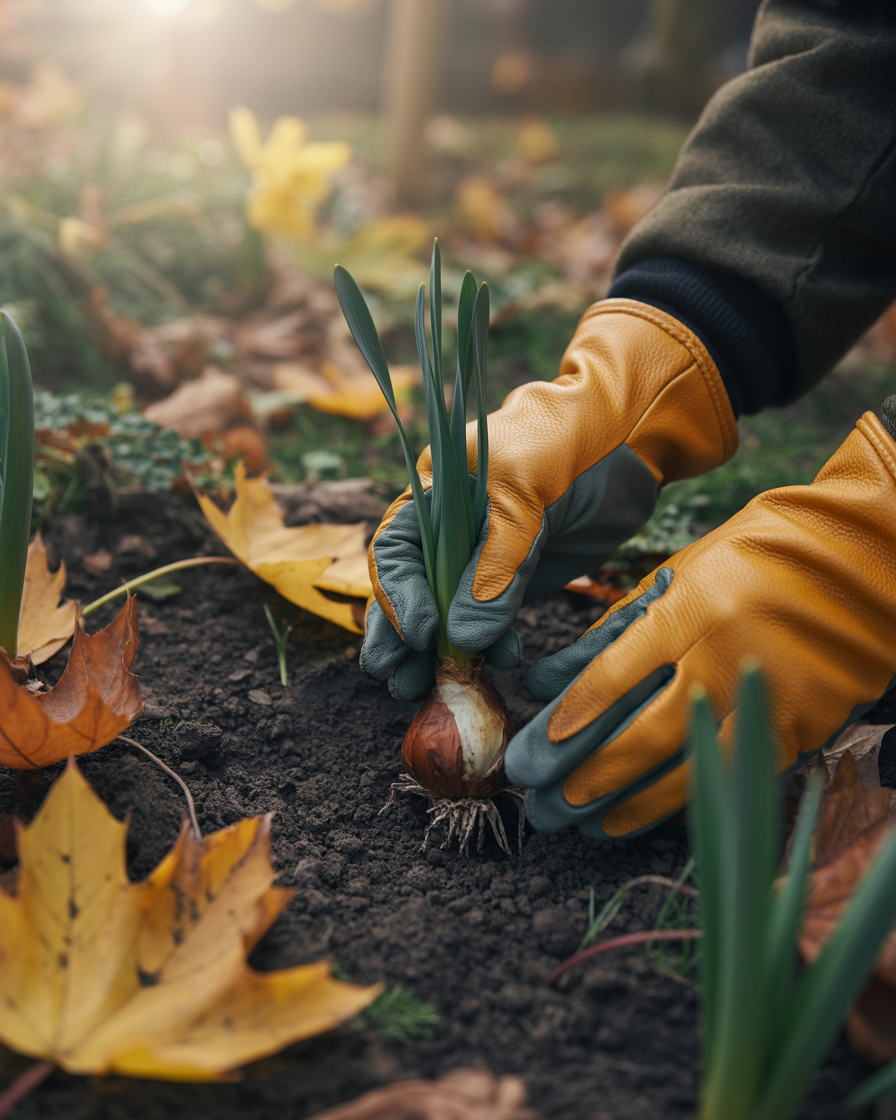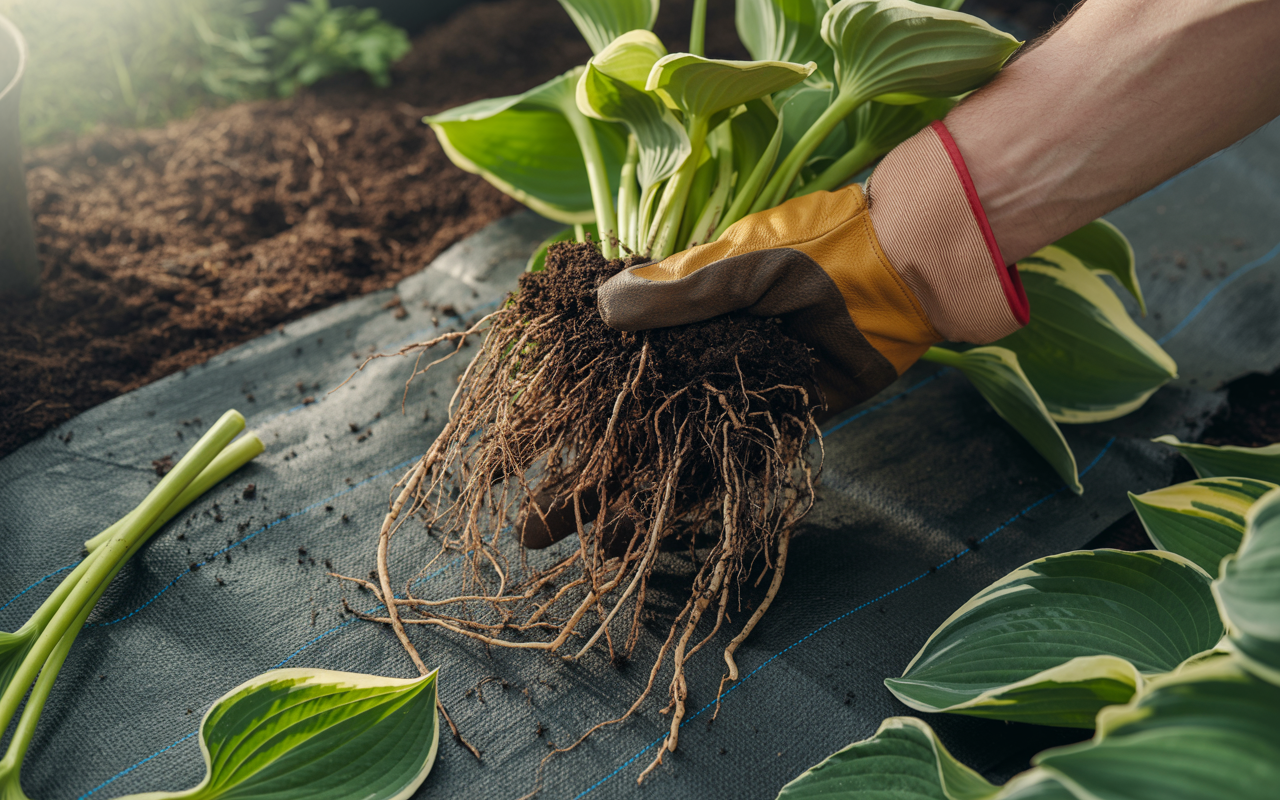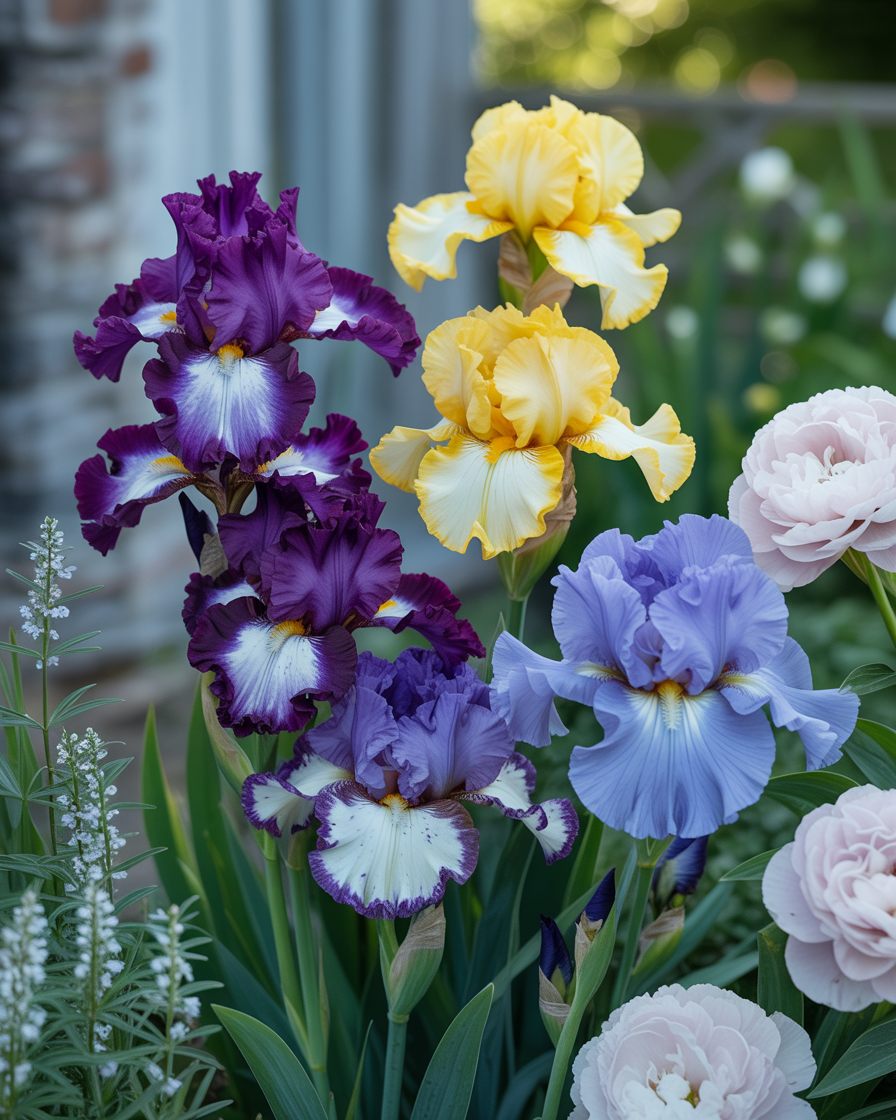Best Veggies for Climbing
If you’re just getting started, try these vertical superstars:
Cucumbers – Especially slicing or pickling types. Train them on a trellis or mesh.
Pole beans – Unlike bush beans, these love to climb and produce over a longer period.
Peas – Start early in spring; they’ll climb trellises or netting like pros.
Tomatoes – Indeterminate varieties grow tall and benefit from sturdy cages or stakes.
Melons & squash – Choose smaller, lightweight varieties and use slings to support the fruit.
Zucchini – While typically a sprawler, you can train it vertically with a little effort.
Even vining herbs like rosemary and nasturtiums can go up instead of out!

